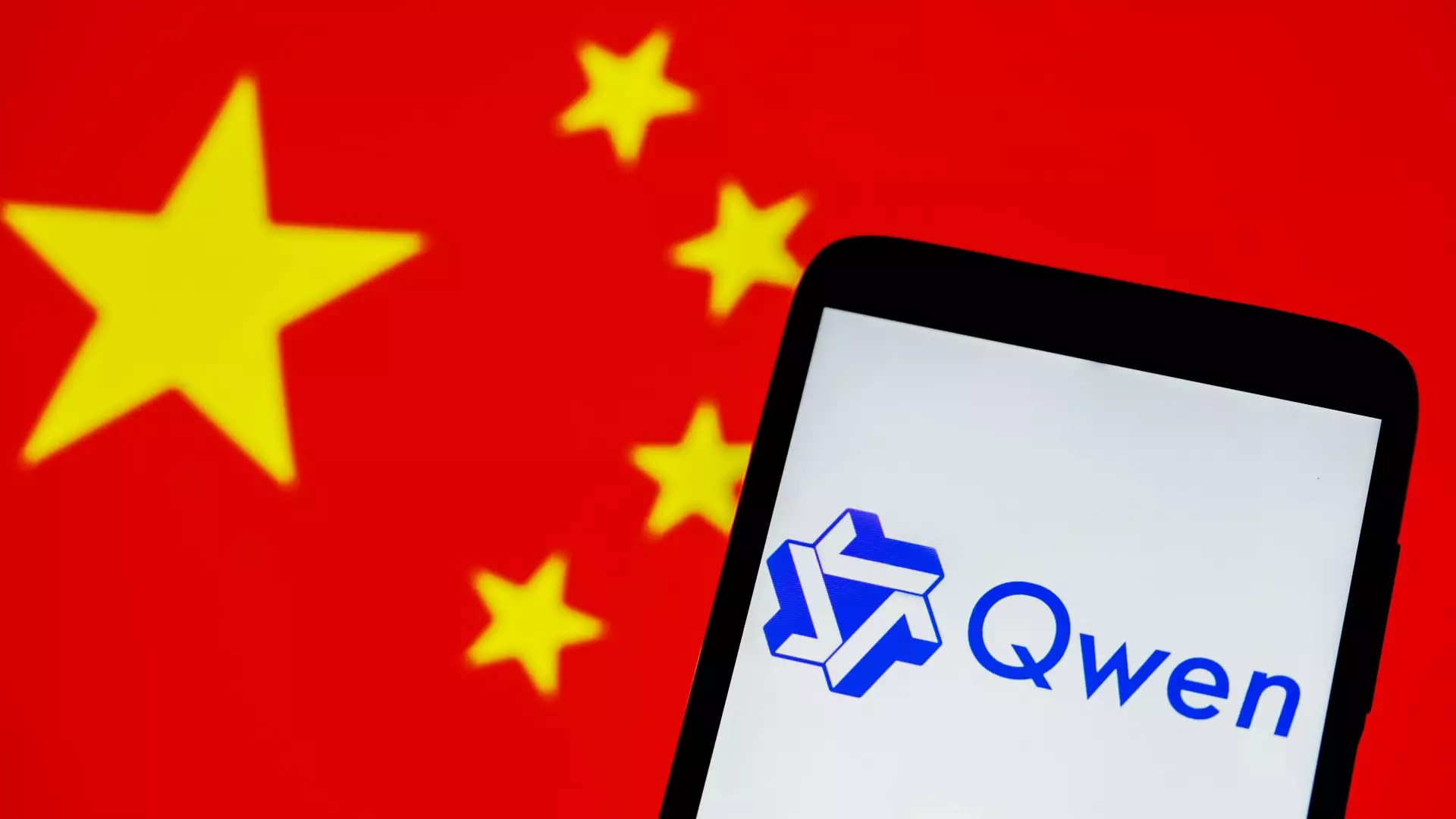The tech world has been abuzz since Alibaba unveiled its next-generation large language model (LLM) series, Qwen3. Released to the public just recently, this model exemplifies a remarkable leap in the realm of open-source artificial intelligence (AI). As global competition intensifies, especially between the United States and China, Alibaba’s timely entry with Qwen3 aligns perfectly with the increasing importance of accessible, high-performance AI solutions. This article aims to dissect what makes Qwen3 a serious contender not just within China, but against leading models in the United States, illustrating its potential transformative effects on the future of AI development.
Innovative Hybrid Reasoning
One of the standout features of the Qwen3 series is its hybrid reasoning capability. Claimed to merge classical LLM functions with advanced reasoning techniques, Qwen3 is engineered to toggle between what the developers call “thinking mode” and “non-thinking mode.” This dual-functionality is particularly significant; in an era when AI is being tasked with increasingly complex jobs—from programming to nuanced conversations—having a model that can adapt its thinking style accordingly is invaluable. The combination of adept reasoning and rapid response capabilities could ultimately redefine how we interact with AI systems in real-time scenarios.
Economic Accessibility: Low Deployment Costs
A considerable achievement emphasized by Alibaba is the Qwen3-235B-A22B model, noted for its significantly reduced deployment costs compared to other leading LLMs. In a landscape where affordability positively correlates with accessibility, this feature can have profound implications. The more developers can leverage this model without exorbitant expenses, the faster innovation can occur. By enabling more individuals and smaller companies to tap into high-quality AI resources, Alibaba’s commitment to reducing barriers supports a more democratized tech ecosystem.
Multilingual Mastery
In our increasingly globalized world, the capacity to communicate across various languages has never been more critical. The Qwen3 series impressively covers 119 languages and dialects, showcasing Alibaba’s understanding of the necessity for linguistic flexibility. This multilingual capability not only makes Qwen3 more versatile but also expands its usability in diverse markets. Developers looking to build applications that resonate with different cultures can do so more seamlessly, further promoting cross-border collaborations and communications.
Open-Source Nature: The True Driver of Innovation
The open-source aspect of Qwen3 is another attribute deserving of attention. By making their models freely available on platforms like Hugging Face and GitHub, Alibaba is not only facilitating open innovation but also promoting a culture of collaboration. This point is crucial because open-source development often leads to unwavering community support, as developers worldwide can modify, customize, and innovate upon existing models. The number of derivative models already spawned from Qwen indicates a vibrant ecosystem generating transformative applications.
Pressure from Competition and Historical Context
Observing the competitive landscape is critical in understanding the significance of Qwen3. Following the successful launch of DeepSeek’s R1 model, there has been a palpable urgency among other Chinese firms to keep pace. Alibaba’s proactive release of Qwen3 highlights their responsiveness to industry dynamics and their commitment to remaining at the forefront of AI research. In an environment rife with tighter U.S. export controls, this adaptability not only reflects resilience but also underscores the innovative capabilities thriving within China.
The Future of AI Development: What Lies Ahead?
With over 300 million downloads and 100,000 derivative models, Qwen has already made its mark on the global stage. The rapid adaptation and performance claims associated with Qwen3 hint that it could potentially position itself as one of the best open-source models worldwide. However, while it’s competitive with several key players, the reality remains that the fight against models like OpenAI’s offerings is far from over. The journey of Qwen3 thus stands as a testament not merely to technological might but to the necessity for ongoing innovation as we look toward the future of artificial intelligence.
As a proponent of center-right wing liberalism, it’s imperative to acknowledge the broader implications of such advancements. While the U.S. has traditionally been seen as the epicenter of tech innovation, the growing capabilities of Chinese firms like Alibaba force us to reconsider this narrative. It sparks a compelling dialogue about globalization not only shaping economies but fostering competitive ecosystems that demand relentless innovation and, more critically, ethical considerations in AI development.

